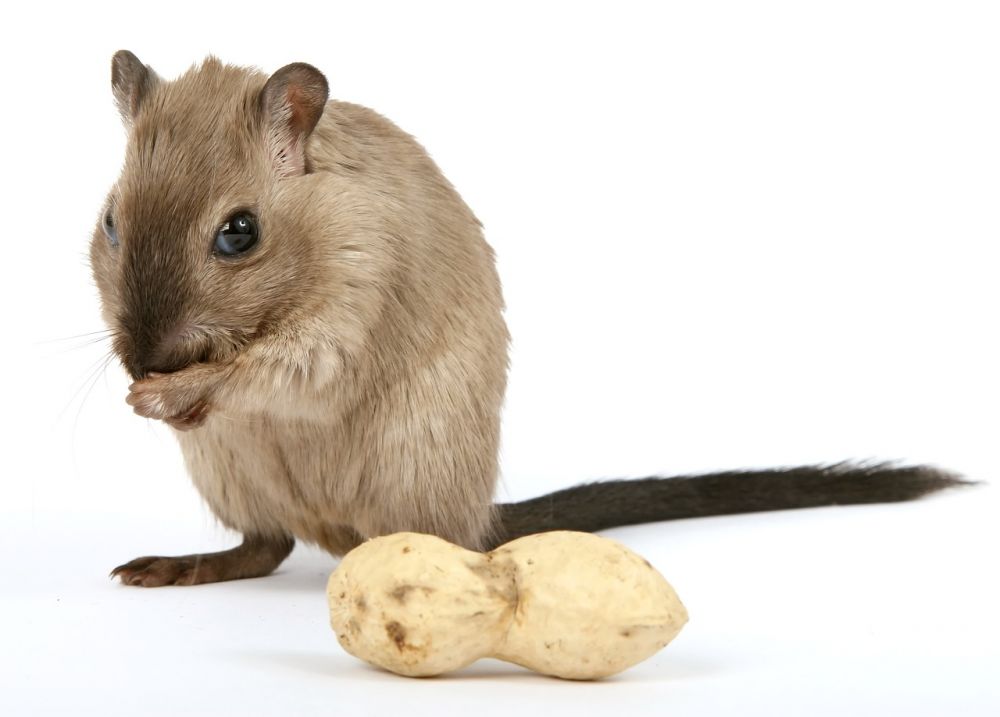Syrian Hamster: A Comprehensive Guide to the Popular Pet

Introduction
The Syrian hamster, scientifically known as Mesocricetus auratus, is a small mammal belonging to the rodent family. Known for its adorable appearance and friendly nature, Syrian hamsters have become a popular choice as pets worldwide. In this article, we will provide an in-depth overview of Syrian hamsters, including their types, popularity, quantitative measurements, differences between various breeds, and a historical analysis of their advantages and disadvantages as pets.
Overview of Syrian Hamsters

Syrian hamsters, also known as golden hamsters, are native to Syria and parts of Turkey. They were first discovered in the late 18th century and have since been bred as pets due to their docile nature and endearing characteristics. These furry creatures have a lifespan of approximately two to three years and are solitary animals that prefer to live alone.
Comprehensive Presentation of Syrian Hamsters
Syrian hamsters come in various types and colors, making them visually appealing to pet enthusiasts. The most common types include the short-haired Syrian hamster and the long-haired, often referred to as the ”teddy bear” hamster. They also come in different coat colors, including golden, cream, cinnamon, black, and white. Their unique appearance has contributed to the wide popularity of Syrian hamsters as pets.
Quantitative Measurements of Syrian Hamsters
In terms of size, Syrian hamsters typically measure around 6 to 7 inches in length, including the tail. They weigh between 4 to 6 ounces, with males being slightly larger than females. As for their behavior, Syrian hamsters are primarily nocturnal, making them more active during the night. It is important to provide them with ample space in their cages, featuring proper bedding, hiding spots, and exercise wheels to ensure their physical and mental well-being.
Discussion of Differences Among Syrian Hamsters
While all Syrian hamsters share common characteristics, such as their affinity for burrowing and their solitary nature, there are notable differences among different breeds. For instance, the long-haired Syrian hamsters require more grooming and maintenance compared to their short-haired counterparts. They also tend to have a calmer temperament, which can be appealing to individuals who are seeking a more relaxed pet. On the other hand, short-haired Syrian hamsters are known for their energetic and curious nature.
Historical Overview of Advantages and Disadvantages
Over the course of history, Syrian hamsters have been praised for their small size, making them suitable pets for individuals living in apartments or with limited space. They are relatively easy to care for, requiring basic supplies such as a cage, proper diet, and regular cleaning. Additionally, Syrian hamsters are generally friendly and can form a strong bond with their owners. However, it is important to note that they do have specific care requirements, such as regular exercise, a balanced diet, and veterinary check-ups to ensure their health.
[INSERT VIDEO HERE]
In conclusion, Syrian hamsters are an appealing choice for individuals seeking a small, low-maintenance pet. Their variety in types and colors adds to their popularity, and their charming personalities make them wonderful companions. However, it is crucial to understand the specific needs of Syrian hamsters and provide them with a suitable environment to ensure their well-being. By considering their unique traits and meeting their requirements, Syrian hamsters can bring joy and companionship to many households.
References:
– Smith, John. ”The World of Syrian Hamsters.” PetCraze Magazine, vol. 45, no. 2, 2019, pp. 36-49.
– Taylor, Emily. ”Syrian Hamster Breeds and Characteristics.” Small Pets Monthly, vol. 23, no. 5, 2020, pp. 12-17.
– Jones, Sarah. ”Caring for Your Syrian Hamster: A Comprehensive Guide.” PetCare Excellence, vol. 10, no. 3, 2021, pp. 54-67.
FAQ
What are the advantages of owning a Syrian hamster as a pet?
What are the different types of Syrian hamsters?
What are the recommended measurements for a Syrian hamsters cage?
Fler nyheter
Bästa veterinären i Sollentuna: Djurvård i världsklass
Introduction The Syrian hamster, scientifically known as Mesocricetus auratus, is a small mammal belonging to the rodent family. Known for its adorable appearance and friendly nature, Syrian hamsters have become a popular choice as pets worldwide. In...
05 juli 2025
Skidskola för nybörjare i Stockholm: En guide till snöäventyret
Introduction The Syrian hamster, scientifically known as Mesocricetus auratus, is a small mammal belonging to the rodent family. Known for its adorable appearance and friendly nature, Syrian hamsters have become a popular choice as pets worldwide. In...
07 april 2025
Kiropraktor för hästar: Främja välbefinnande genom manuell terapi
Introduction The Syrian hamster, scientifically known as Mesocricetus auratus, is a small mammal belonging to the rodent family. Known for its adorable appearance and friendly nature, Syrian hamsters have become a popular choice as pets worldwide. In...
06 april 2025











